“In the middle of the pandemic, changing jobs has become its own contagion”, according to a new study by the Society for Human Resource Management (SHRM).
At the moment, workers are making demands for equal pay, fair treatment, and flexibility, and they’ve been ready and willing to find new employers who can meet their needs. From May to September 2021, upwards of 3.6 million people vacated their positions each month, according to the U.S. Bureau of Labor Statistics, in what has been dubbed the “Great Resignation.” Many of these individuals have found new employers who are meeting their needs, or started businesses of their own.
According to SHRM “[t]urnover seems to be spreading by word-of-mouth: Workers who quit their jobs in the past nine months were more likely to say they were swayed by news stories and social media posts about quitting than were workers who quit 10 months to two years ago—27 percent compared with about 15 percent.”
The study, called The Great Resignation: An Analysis of the Employee Experience, aimed to understand the experiences of those who recently quit their jobs and how organizations are responding.
“The Great Resignation has quickly become a buzzword,” said Ragan Decker, Ph.D. “People are hearing about this mass exodus on the nightly news, in newspapers and on social media, all while watching their co-workers hand in their resignation letters—leading some to think, ‘Maybe it is a good time for me to leave, too.’ It’s turnover contagion.”
According to Columbia University’s Jason Wingard “Millennial and Generation Z workers are projected to become the largest share of the U.S. workforce for some time, bringing their own set of expectations about how employers should invest in development.”
“They’re not going along with the status quo,” Columbia University’s Jason Wingard said. “They want more investment in transferable skills.”
Wingard also observed that, in the higher education context, graduate students are choosing to pursue career fields and academic majors that focus on applied, practical skills. Employers will need to decide early on how they will invest in helping employees obtain such competencies.
One potential solution to job hopping is how businesses help their employees to “upskill.” In a world upended by the pandemic and faced with mass hiring challenges, employee retention is essential, and those who don’t offer a way for employees to learn and boost their skills will lose out.
Some studies peg approximately one-third of employees as being willing to leave their current job/employer if they were not offered training to learn new skills. Research by LinkedIn confirms this: it found that 94% of employees said they would remain at a company if it was invested in helping them learn.
Employees remain in their jobs longer when their companies are invested in helping them learn new skills; apprenticeship programs; transparent
succession planning; upward mobility; demonstrating a path and plan for employees to take to the next phase of their careers.
Since the pandemic began, internal hires have made up a greater share of all hires, LinkedIn reports, and more than half of learning and development professionals said that internal mobility is more of a priority now than before COVID-19. Hiring from within offers vital benefits over external recruiting. The most obvious is the time and effort savings around not having to post a job, review resumes and interview candidates.
While the turnover rate has jumped rapidly, most U.S. workers who quit in the last nine months didn’t do so rashly. Sixty-nine percent had lined up a new job before they walked out the door, the study showed. “People are searching for better compensation, better benefits or a better career path,” Ragan Decker, Ph.D. said. “They are not necessarily quitting just to quit.”
Finally, when all else fails, attempt in good faith to retain employees by helping them manage the stresses associated with a work life balance: childcare fringe benefits; temporary decreased hours; overall flexibility.
This article was originally featured in The Source.




